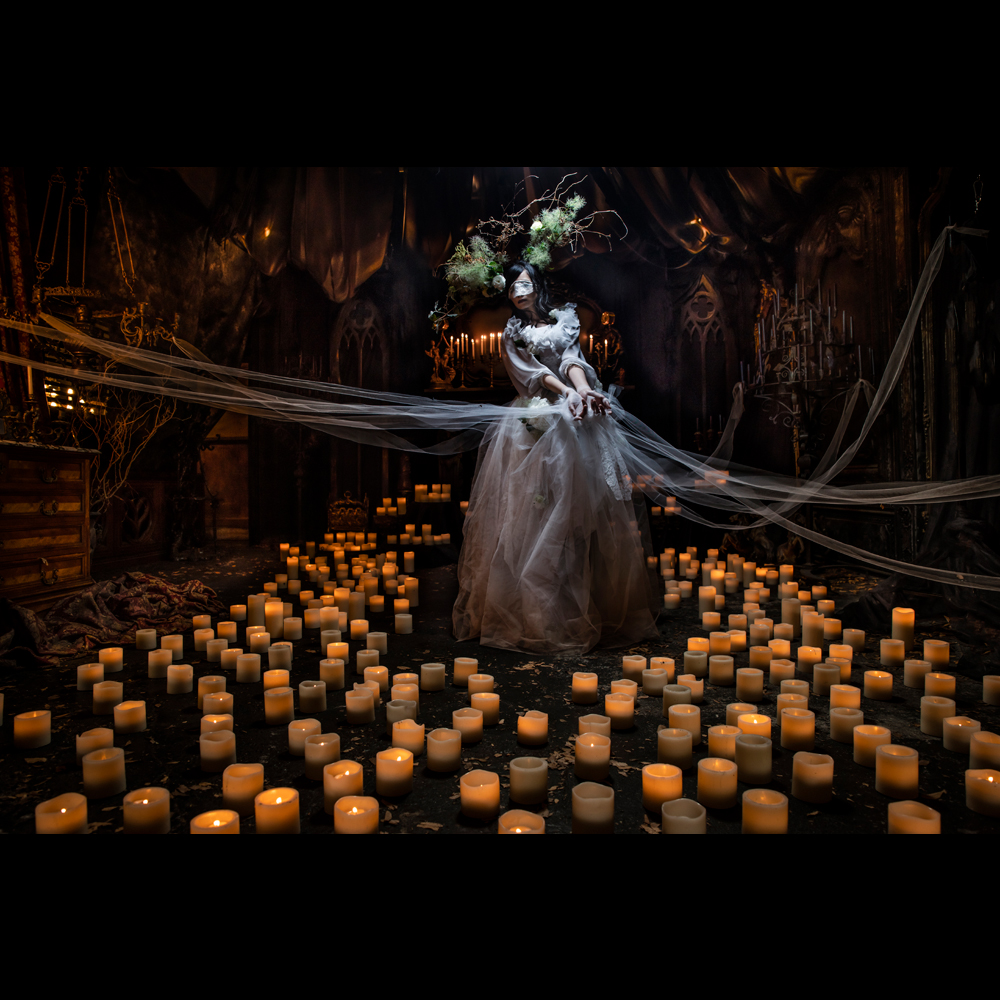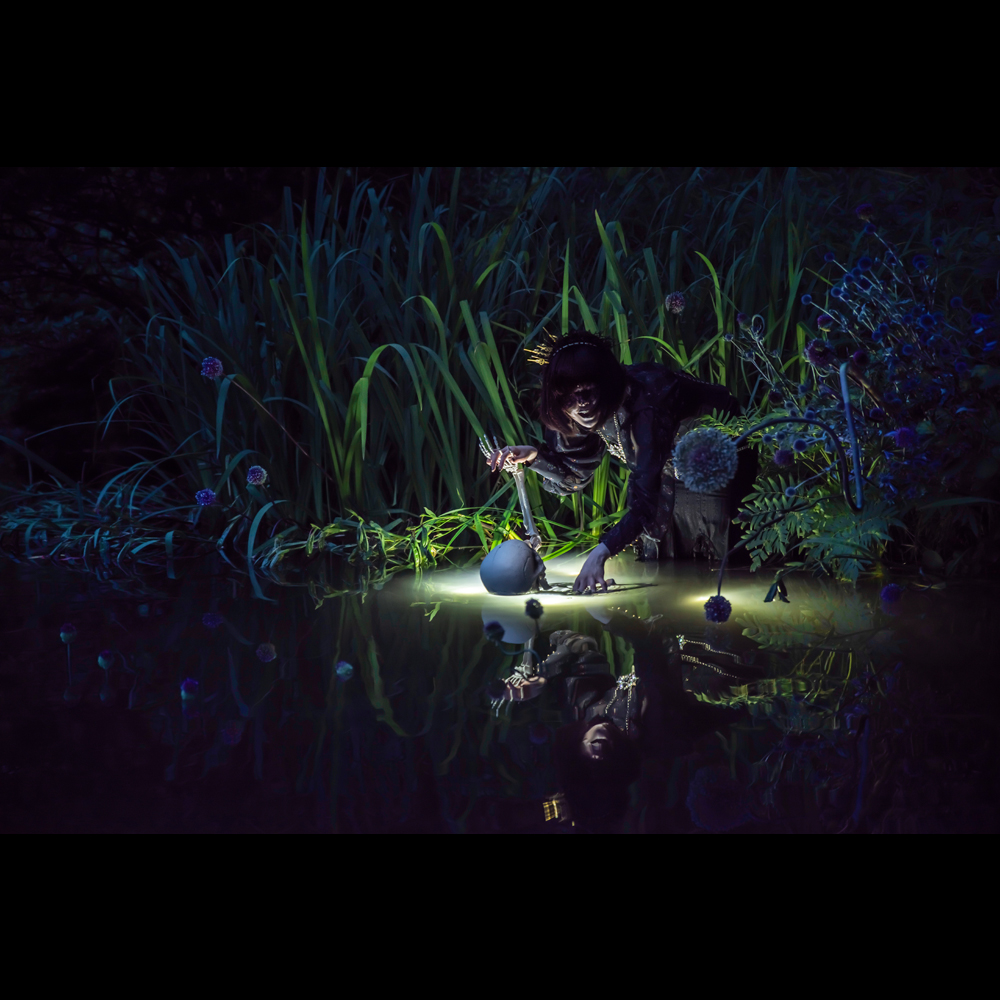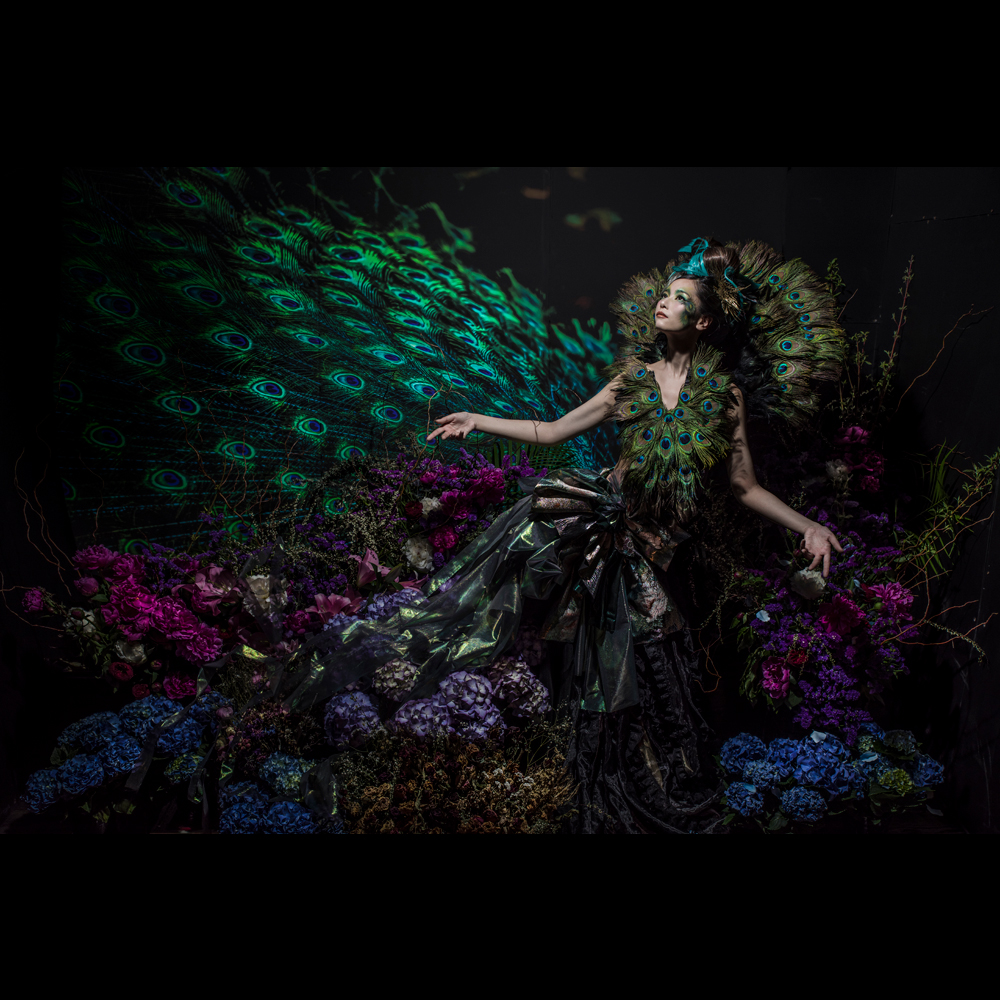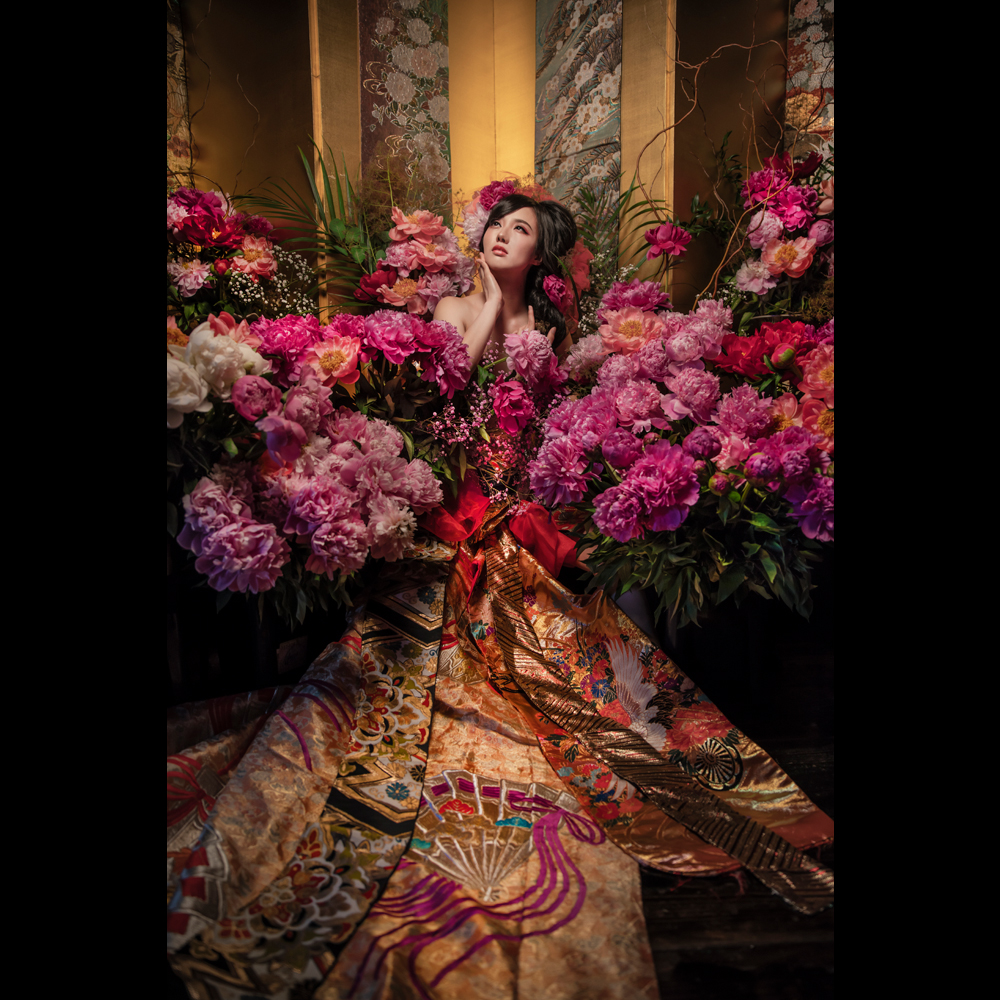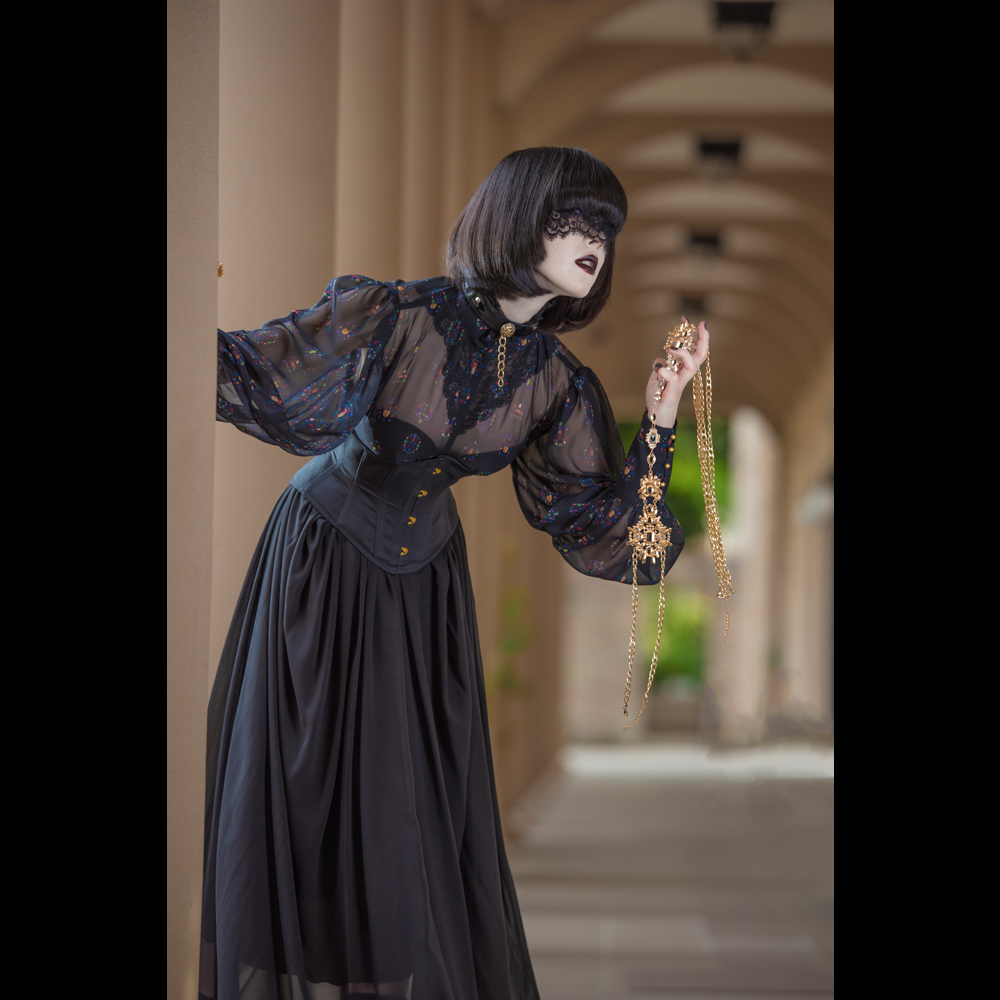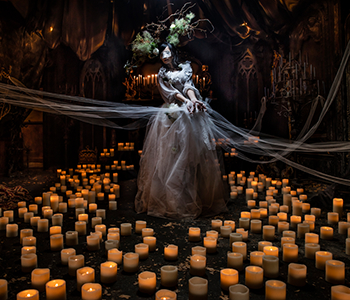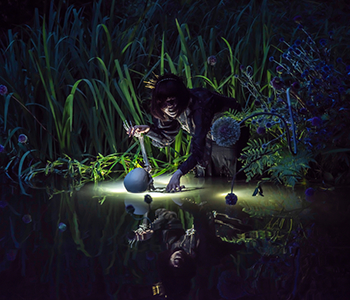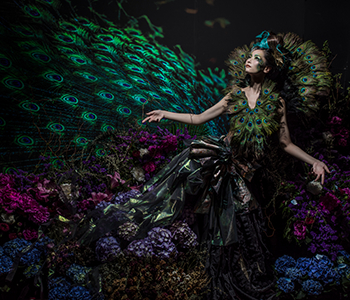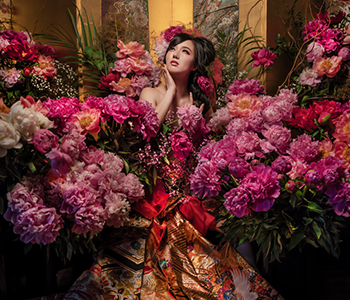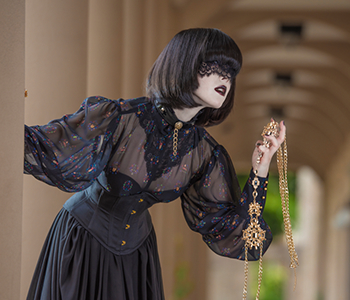

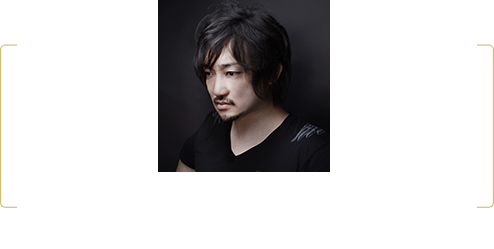
I’ve become familiar with the K-1 since the day it went on sale. Now, the new K-1 Mark II has arrived. I’d like to explain the differences I’ve noticed from actually using both cameras.
The first thing I noticed when holding the K-1 Mark II is that it basically doesn’t seem different from the first model of K-1 at all, making me wonder what had changed. However, the difference is striking when actually using the camera. The operations I’m used to on the K-1 have remained the same, but I believe there are two major improvements.
Those are color reproduction and high-sensitivity performance. First, I’ll talk about color reproduction. I use a lot more colors than other photographers. Because of this, I thought I was familiar with the good colors and tough colors on the K-1. After using the K-1 Mark II, I found that colors that on the previous model would bleed onto others, and tones that were difficult to capture (low-sensitivity tones in particular) were markedly improved. The level is so different that I thought that maybe the dynamic range had been changed. As one can see by looking at photos, dense colors, fine colors, and colors that result in a sense of depth are easy to obtain.
Next, the biggest difference in my opinion is the high-sensitivity performance. The noise reduction is so great that I wondered if maybe the sensor had been changed. I feel like color noise reduction effects are higher than brightness noise reduction. I’m a fan of red so I use it a lot in my photos, and the color noise which is always present in red at high sensitivity settings is drastically reduced at the same settings when compared to the first model of K-1. This deserves special mention. As I’m sure you can tell by looking at a dark photo, the high-sensitivity performance far outstrips that of the previous model. Detail depiction is particularly rich, and color noise is reduced for a more versatile range of expression. I believe the K-1 Mark II can be used almost as if switching to a luxury car that is a step above the others.
01
This was shot with the light from a single lighting overhead and a candle. I don’t believe there is a camera superior to the K-1 Mark II when it comes to high-sensitivity performance. In addition to the extremely powerful high-sensitivity performance, the camera also has Shake reduction mechanism, which is a precious function in locations where a tripod cannot be used. Unrivalled PENTAX technology eliminates unnecessary noise in dark locations while leaving the right details. The technology of PENTAX is admirable.
02
This photo was captured with only four LED lights placed in the water in a dark scene. The RAW data development is very nice, making it possible to process into a beautiful, noiseless image even when brightening the dark image. This kind of image is impossible without the high-sensitivity performance of the K-1 Mark II. One could say that this photo goes beyond the limits of a full-frame camera.
03
Peacock feathers were photographed and used as the background, then the woman was photographed with flowers to resemble the peacock. The difficult green to blue color gradations were accurately and beautifully expressed by the K-1 Mark II. Although the previous model offered superb performance, I believe this model delivers a much more beautiful dynamic range and colors. This camera is very convenient for capturing difficult colors without any problems.
04
This photo features an arrangement of several hundred peonies. There is nothing like Custom Image Vibrant that can capture vivid colors well. It not only produces vivid, high-contrast colors, but also wonderfully beautiful red tones.
05
This photo was captured using the D FA★70-200mm lens at a telephoto setting with three flash units. Take a look at the model’s clothing and you can see how wonderfully the transparent textures have been captured. I believe this expressive power is unique to the K-1 Mark II.
Full member of the APA (Japan Advertising Photographers’ Association)
HASEO is particular about real items, never combining images in his own photos and shoot on-site at all times. HASEO uses only fresh flowers, freezing the moment in time when they are at their most beautiful because they will eventually wither and fade. He uses his unique worldview to create original stories in photos. HASEO’s photo books are popular among his many fans, and he has won numerous awards in and outside of Japan. Also, HASEO’s photo techniques for the skull have been logically systematized, making his book on shooting and lighting techniques popular.

